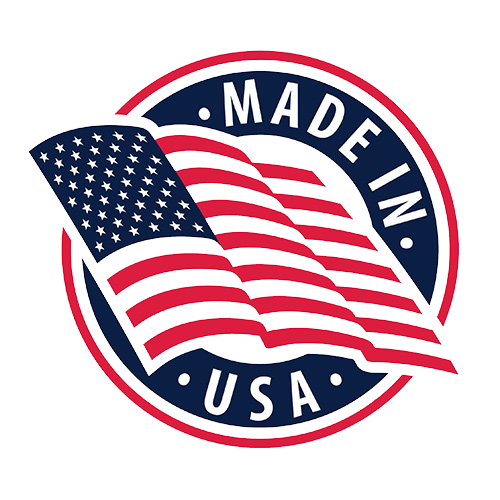Compostable Flexible Packaging: A Sustainable Revolution in the Packaging Industry
The Future of Packaging: Compostable Flexible Packaging
The traditional packaging industry is undergoing a significant change, pivoted around sustainability and environmental stewardship. At the forefront of this transformation is compostable flexible packaging – a trailblazer setting new trends in the packaging industry. This innovative solution is a leading-edge response to the growing, globally acknowledged problem of environmental pollution caused by traditional plastic packaging.
Compostable flexible packaging is a type of packaging typically made from renewable plant-based materials like cornstarch, polylactic acid (PLA), and more sustainable alternatives. These materials are designed not just to protect the product inside, but also to significantly reduce the environmental footprint left by the packaging once its intended use is fulfilled.
Key Benefits and Applications of Compostable Flexible Packaging
The key benefit compostable flexible packaging brings to the table lies in its name – it is compostable. Unlike conventional plastic waste, which takes hundreds to thousands of years to decompose, compostable packaging produces no harmful residue as it breaks down. Instead, it transitions back into nutrient-rich compost, which can be used to support and encourage plant growth. This has momentous implications for waste diversion from landfills, thereby contributing toward more circular economy models.
Compostable flexible packaging includes a variety of items – food packaging, clear films, shrink films, coating substrates – all with the common aim of being gentle to our environment. While some might argue the cost of producing and using compostable packaging might be higher than traditional plastics, this discrepancy is expected to decrease as the technology advances, and economies of scale take effect. Moreover, the societal benefit of mitigating plastic pollution definitively outweighs the short-term cost implications.
The adoption of compostable flexible packaging signifies a conscious commitment toward environmental sustainability, which has become a crucial part of brand messaging and consumer choices in recent years. Consumers have increasingly become more conscious of the environmental impact made by the products they buy. With this growing awareness, the preference for products using compostable flexible packaging is seeing an upswing.
Challenges and Issues with Compostable Flexible Packaging
However, the journey toward making compostable flexible packaging the new normal comes with challenges. Foremost among these is developing robust composting infrastructures, to ensure these packages indeed turn into valuable compost instead of ending up in landfills. Education on composting practices is another integral part of this journey.
Addressing these challenges would require holistic strategies, including advancements in compostable materials technology, increased consumer education, wider implementation of industrial composting facilities, and development of global, uniform standards for compostability.
Exploring Challenges of Traditional Recyclable Packaging
Flexible packaging, particularly when recyclable, offers numerous benefits like reduced packaging weights, better shipping efficiency, and less material usage compared to traditional rigid packaging. However, there are several challenges related to this form of packaging:
- Multi-Material Composition: A lot of flexible packaging consists of multiple layers of different materials which often cannot be separated and recycled individually. This multi-material construction helps improve product protection and shelf-life, but it poses significant problems at the recycling stage.
- Recycling Infrastructure: Many recycling facilities lack the necessary infrastructure or technology to properly sort and recycle flexible packaging. It often gets classified as contamination and ends up in the landfill.
- Consumer Awareness and Behavior: Not all consumers are aware that certain flexible packaging is recyclable, nor do they all know how to properly dispose of it for recycling. This leads to mismanagement of waste and lowers the actual recycling rate.
- Economic Viability: In many cases, the process of recycling flexible packaging is more expensive than producing new materials. Until an economically feasible solution is found, recycling flexible packaging will remain a challenge.
- Product Contamination: Some flexible packaging, such as food packages, can become contaminated with food waste. This makes recycling more difficult and may necessitate additional cleaning processes before recycling can occur, adding to the cost and complexity.
- Regulations and Standards: Currently, there are limited regulations or standards that offer guidance on flexible packaging recycling. This can lead to inconsistency and confusion in recycling efforts.
- Design for Recycling: Packaging manufacturers do not always factor in recyclability when designing flexible packaging. There’s a need for more attention on ‘Design for Recycling’ where packaging is designed with its end-of-life in mind.
To address these challenges, there are ongoing efforts like developing innovative technologies to separate and recycle mixed-material packaging, improving the recycling infrastructure, building public awareness, and creating frameworks for design and recycling standards.
Concluding Thoughts
Compostable flexible packaging heralds a future where the term ‘waste’ may become obsolete – replaced by the concept of ‘resource.’ By transforming waste into a valuable resource, this new packaging approach is set to redefine sustainability for the packaging industry and contribute to a healthier planet.



